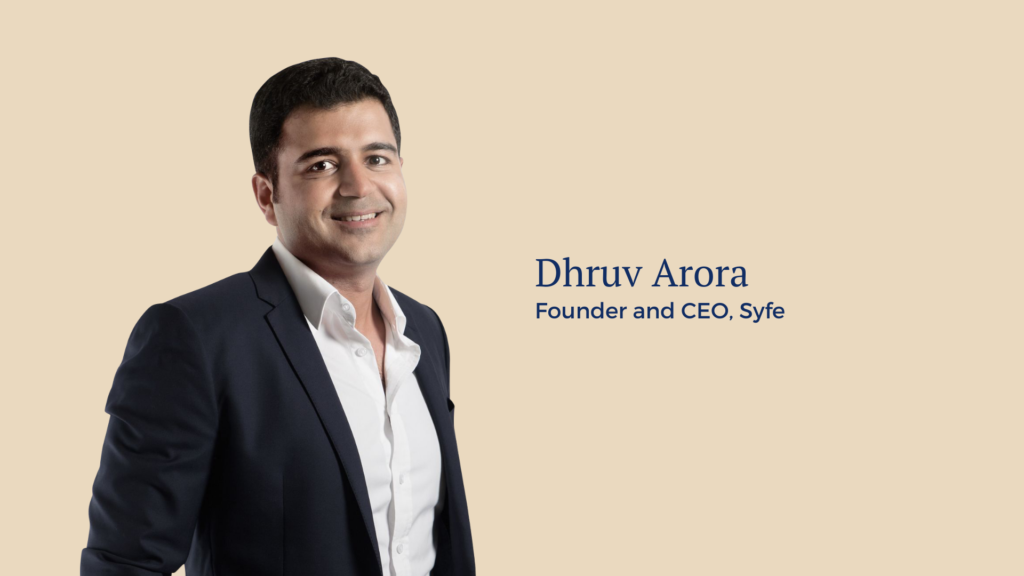
The original interview with The Straits Times was first published on 22 May 2022.
Over the past months, stock markets have been hit by a drastic slide in asset prices. Are there ways for investors to limit their losses? Dhruv Arora, Syfe’s founder and CEO, expressed his views in an interview with The Straits Times. We chatted with Dhruv to find out what he shared.
How can investors better handle their emotions while investing? For example, how can they rationalise losses in their portfolios?
Dhruv: High and lows are part and parcel of investing. It is important to know that feeling anxious when the markets are volatile is normal, and this is what every investor will go through. With markets so choppy, you may think that pulling out of the market is a “safe” choice. But doing that means you not only realise your losses but also risk missing out on the recovery that follows.
Stocks always move up or down, sometimes due to news headlines or economic developments. Over the long-term however, a company’s fundamentals and business model is what ultimately determines its share price performance.
During these uncertain periods, investors should focus on what they can control – diversification, asset allocation and costs. These are important fundamentals which we have used to build our portfolios which are built on long-term passive investing.
If you have found a portfolio that works for your risk appetite, time horizon and investment goals, stick to it for the long-term as history shows that long-term investors will always prevail.
For passive investors who may not have time to keep track of the market, what investment option can they consider?
Passive investing is ideal for investors who don’t relish the idea of spending hours on manual portfolio management and yet want a better return on their investments.
Syfe’s portfolios are built based on a long-term, passive investing approach which minimises costs. We leverage ETFs as building blocks in our portfolios. ETFs have much lower fees and expense ratios than actively managed investments like mutual funds or unit trusts. Studies have shown that 96% of large-cap active funds have underperformed their respective benchmarks over the past 20 years. ETFs also offer instant diversification and provide easy access across different asset classes.
I would recommend for investors to start with one of Syfe’s core portfolios that is well-diversified across stocks, bonds and gold, made for one’s essential financial goals.
We offer four different portfolios with different risk levels: Core Equity100, Core Growth, Core Balanced and Core Defensive. Depending on your time horizon, investing goals and risk appetite, investors can select the one or a combination to fit your different needs and goals.
For further exposure and given the current high inflation environment, investors can also consider REITs. As prices rise, so do rents. This increases the amount of rental income REITs can earn which makes it a good inflation hedge. Singapore REITs (S-REITs) stand out for their resilience compared to their global counterparts.
As an example, in the first quarter of 2022, the iEdge S-REIT Leaders Index gained 1.3% while global REITs fell 3.8% and the S&P 500 declined 5.5%.
Another option that many investors have turned to in this time are cash management solutions, to ride out the volatility. For example, we at Syfe have designed our Syfe Cash+ solution to be well positioned going into a higher-rate environment. Returns have been positive and stable even as equity and bond markets sold off recently as the Fed embarks on quantitative tightening to rein in inflation.



You must be logged in to post a comment.